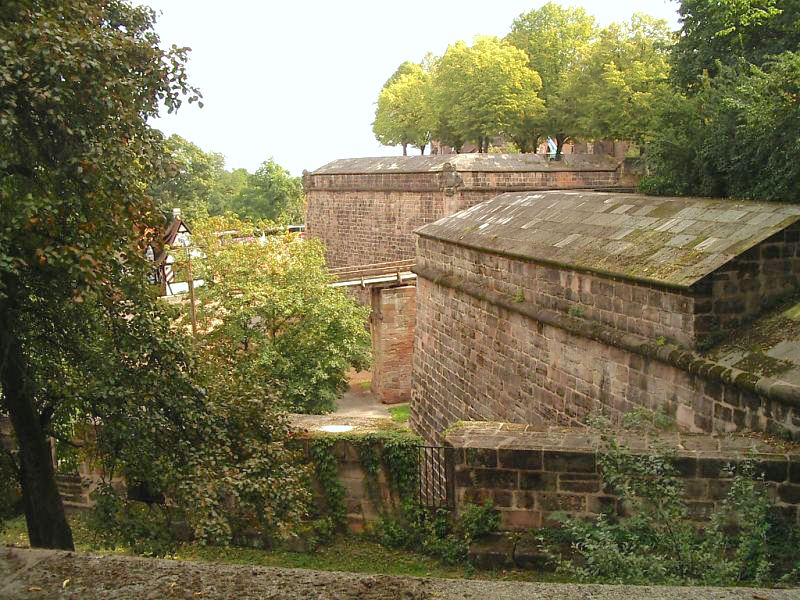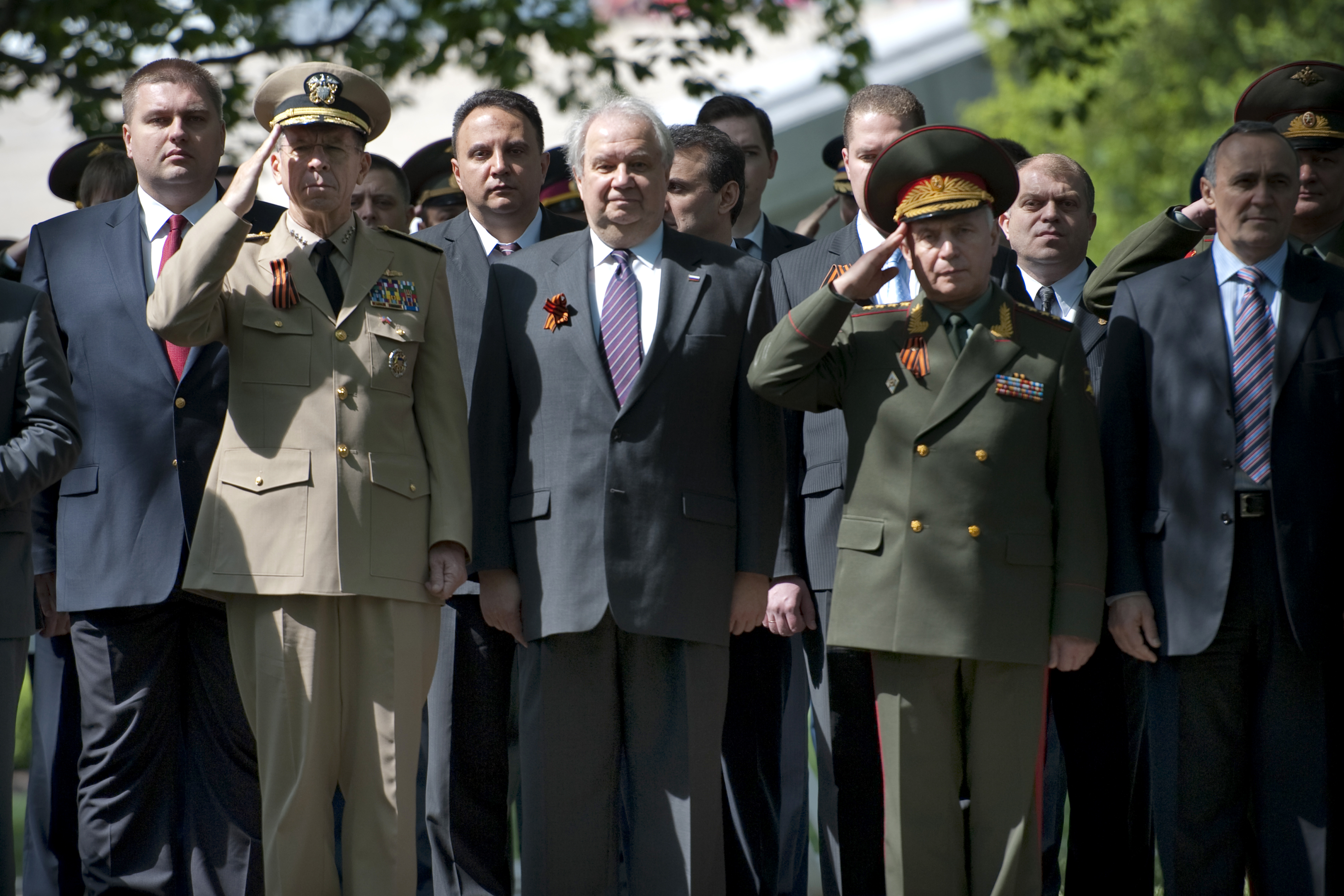|
Jürgen Möller
Jürgen Möller (born 27 August 1959) is a German former officer, and a military historian, focused on the exploration of the end of World War II in Germany in 1944/45, especially the American occupation of Central Germany. Life Möller was born and raised in Gotha. After his vocational training in A levels, he worked as an officer in the National People's Army and the Bundeswehr from 1979 to 2014. In the early 1990s, Möller started researching World War II in his free time, publishing from 2003 to 2007 in Arps Verlag Weißenfels. He retired in 2014, and has since devoted himself to writing a book as a military historian and assisting in the creation of military-historical reconstructions for the detection of explosive ordnance. Since 2010, Möller has published his research results on the American occupation of Central Germany in the context of the documentary series ''The End of the War in Central Germany 1945'' at the publishing house . He regularly presents his findings in ... [...More Info...] [...Related Items...] OR: [Wikipedia] [Google] [Baidu] |
Gotha
Gotha () is the fifth-largest city in Thuringia, Germany, west of Erfurt and east of Eisenach with a population of 44,000. The city is the capital of the district of Gotha and was also a residence of the Ernestine Wettins from 1640 until the end of monarchy in Germany in 1918. The House of Saxe-Coburg and Gotha originating here spawned many European rulers, including the royal houses of the United Kingdom, Belgium, Portugal (until 1910) and Bulgaria (until 1946). In the Middle Ages, Gotha was a rich trading town on the trade route ''Via Regia'' and between 1650 and 1850, Gotha saw a cultural heyday as a centre of sciences and arts, fostered by the dukes of Saxe-Gotha. The first duke, Ernest the Pious, was famous for his wise rule. In the 18th century, the '' Almanach de Gotha'' was first published in the city. The publisher Justus Perthes and the encyclopedist Joseph Meyer made Gotha a leading centre of German publishing around 1800. In the early 19th century, Gotha was a b ... [...More Info...] [...Related Items...] OR: [Wikipedia] [Google] [Baidu] |
Nuremberg
Nuremberg (, ; ; in the local East Franconian dialect: ''Nämberch'' ) is the Franconia#Towns and cities, largest city in Franconia, the List of cities in Bavaria by population, second-largest city in the States of Germany, German state of Bavaria, and its 544,414 (2023) inhabitants make it the List of cities in Germany by population, 14th-largest city in Germany. Nuremberg sits on the Pegnitz (river), Pegnitz, which carries the name Regnitz from its confluence with the Rednitz in Fürth onwards (), and on the Rhine–Main–Danube Canal, that connects the North Sea to the Black Sea. Lying in the Bavarian Regierungsbezirk, administrative region of Middle Franconia, it is the largest city and unofficial capital of the entire cultural region of Franconia. The city is surrounded on three sides by the , a large forest, and in the north lies (''garlic land''), an extensive vegetable growing area and cultural landscape. The city forms a continuous conurbation with the neighbouring ... [...More Info...] [...Related Items...] OR: [Wikipedia] [Google] [Baidu] |
German Military Historians
German(s) may refer to: * Germany, the country of the Germans and German things **Germania (Roman era) * Germans, citizens of Germany, people of German ancestry, or native speakers of the German language ** For citizenship in Germany, see also German nationality law **Germanic peoples (Roman era) * German diaspora * German language * German cuisine, traditional foods of Germany People * German (given name) * German (surname) * Germán, a Spanish name Places * German (parish), Isle of Man * German, Albania, or Gërmej * German, Bulgaria * German, Iran * German, North Macedonia * German, New York, U.S. * Agios Germanos, Greece Other uses * German (mythology), a South Slavic mythological being * Germans (band), a Canadian rock band * "German" (song), a 2019 song by No Money Enterprise * ''The German'', a 2008 short film * "The Germans", an episode of ''Fawlty Towers'' * ''The German'', a nickname for Congolese rebel André Kisase Ngandu See also * Germanic (disamb ... [...More Info...] [...Related Items...] OR: [Wikipedia] [Google] [Baidu] |
Torgau
Torgau () is a town on the banks of the Elbe in northwestern Saxony, Germany. It is the capital of the district Nordsachsen. Outside Germany, the town is best known as where on 25 April 1945, the United States and Soviet Armies first met near the end of World War II. History The settlement goes back to a Slavonic settlement named Turguo in the shire of Neletici. There was presumably a wooden Slavonic castle located on the site of the present-day Hartenfels castle. In the 10th century it fell under the rule of the Holy Roman Empire, and a stone castle was built, around which the settlement congregated. A market is attested in 1119. The town was located on the important trade route, the Via Regia Lusatiae inferioris, between Leipzig and Frankfurt an der Oder that crossed the river Elbe at a ford east of Torgau. Torgau belonged to the duchy of Saxe-Wittenberg, which in 1356 was raised to be the Electorate of Saxony. After the last Ascanian duke died without issue in 1423, ... [...More Info...] [...Related Items...] OR: [Wikipedia] [Google] [Baidu] |
Elbe Day
Elbe Day, April 25, 1945, is the day Soviet and American troops met at the Elbe River, near Torgau in Germany, marking an important step toward the end of World War II in Europe. This contact between the Soviets, advancing from the east, and the Americans, advancing from the west, meant that the two powers had effectively cut Germany in two. Elbe Day has never been an official holiday in any country, but in the years after 1945 the memory of this friendly encounter gained new significance in the context of the Cold War between the U.S. and the Soviet Union. History The first contact between American and Soviet patrols occurred at 11:30am on April 25 near Strehla, after First Lieutenant Albert Kotzebue, an American soldier, crossed the River Elbe in a boat with three men of an intelligence and reconnaissance platoon. On the east bank they first met a Soviet horse rider, belonging to forward elements of a Soviet Guards rifle regiment of the First Ukrainian Front, under the c ... [...More Info...] [...Related Items...] OR: [Wikipedia] [Google] [Baidu] |
Strehla
Strehla (; , ) is a small town in the district of Meißen, Saxony, Germany. It is located on the river Elbe, north of Riesa. This place name means ''arrow'' in Sorbian. Strehla includes the following subdivisions: *Forberge *Görzig/Trebnitz *Großrügeln *Lößnig *Oppitzsch *Paußnitz *Unterreußen History Strehla was first mentioned in 1002, when its castle was set on fire by Polish King Boleslaw I, on his way back to Poland from a meeting with German King Henry; starting the German-Polish War of 1002–1018. During this war, Strehla went back and forth between Polish and German rule. It is situated on the Via Regia Lusatiae Superioris (Royal road of Upper Lusatia), which connected Görlitz to Leipzig. The castle of Strehla belonged to the Pflugk family from the 14th century until 1945. The Battle of Strehla between Austria and Prussia took place around the town during the Seven Years' War. Strehla is also regarded as the point towards the end of World War II where troop ... [...More Info...] [...Related Items...] OR: [Wikipedia] [Google] [Baidu] |
German War Graves Commission
The German War Graves Commission (, ) is responsible for the maintenance and upkeep of German war graves in Europe and North Africa. Its objectives are acquisition, maintenance and care of German war graves; tending to next of kin; youth and educational work; and preservation of the memory to the sacrifices of war and despotism. Former head of the Bundeswehr Wolfgang Schneiderhan was elected President of the organisation in 2016, succeeding SPD politician Markus Meckel. The President of Germany, currently Frank-Walter Steinmeier (SPD), is the organisation's patron. Role The German War Graves Commission cares for the graves, at 832 cemeteries in 46 countries, of more than 2.7 million persons killed during World War I and World War II. The German war graves are intended to remember all groups of war dead: military personnel, those dead by aerial warfare, murdered in the Holocaust, and all other persons persecuted to death. In addition, the Volksbund maintains cemeteries and ... [...More Info...] [...Related Items...] OR: [Wikipedia] [Google] [Baidu] |
Capa House
The Capa House is a building in the Lindenau quarter of Leipzig, Germany at Jahnallee 61. It is named after the American war reporter and photographer Robert Capa, and is the location where Capa took '' The Picture of the Last Man to Die'' of the United States army soldier Raymond J. Bowman, who was killed there two weeks before the end of the Second World War in Europe. The images became internationally known when they were published in ''Life'' magazine. Present The majority of the house has been empty since the late 1990s. On New Year's Eve 2011/2012, part of it burned down and the demolition could only be stopped by a citizens' initiative. The investor Horst Langner undertook the extensive preservation, which was completed in 2016. The Café Eigler was opened in December 2015. To commemorate the events of 18 April 1945, an exhibition room in the café was opened on 17 April 2016. Lehman Riggs, an American veteran who was eyewitness to the death of his comrade Raymond Bowman, ... [...More Info...] [...Related Items...] OR: [Wikipedia] [Google] [Baidu] |
Winkelhaid
Winkelhaid is a municipality in the district of Nürnberger Land in Bavaria in Germany. It is situated 18 km southeast of Nuremberg Nuremberg (, ; ; in the local East Franconian dialect: ''Nämberch'' ) is the Franconia#Towns and cities, largest city in Franconia, the List of cities in Bavaria by population, second-largest city in the States of Germany, German state of Bav ... in the Middle Franconia. Winkelhaid is bounded by (from the north and clockwise) the districts of Altdorf bei Nürnberg, Schwarzenbruck and Feucht. Districts * Penzenhofen * Richthausen * Ungelstetten * Winkelhaid Climate Winkelhaid has an oceanic climate (Koppen: Cfb), influenced by its inland position and higher altitude causing seasonal differences reminiscent of continental climates, although its winters are somewhat milder. The average annual temperature is 8.2 °C with an average yearly precipitation of 693 millimeters. The average temperature in January is −1.3 °C and ... [...More Info...] [...Related Items...] OR: [Wikipedia] [Google] [Baidu] |
East Germany
East Germany, officially known as the German Democratic Republic (GDR), was a country in Central Europe from Foundation of East Germany, its formation on 7 October 1949 until German reunification, its reunification with West Germany (FRG) on 3 October 1990. Until 1989, it was generally viewed as a communist state and described itself as a Socialist state, socialist "workers' and peasants' state". The Economy of East Germany, economy of the country was Central planning, centrally planned and government-owned corporation, state-owned. Although the GDR had to pay substantial war reparations to the Soviets, its economy became the most successful in the Eastern Bloc. Before its establishment, the country's territory was administered and occupied by Soviet forces following the Berlin Declaration (1945), Berlin Declaration abolishing German sovereignty in World War II. The Potsdam Agreement established the Soviet occupation zone in Germany, Soviet-occupied zone, bounded on the east b ... [...More Info...] [...Related Items...] OR: [Wikipedia] [Google] [Baidu] |





